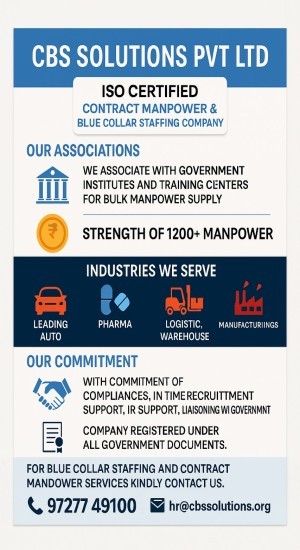if they feel like their employer doesn’t support them. The suggestions above can help you create a more inclusive work atmosphere where diversity thrives.
Diversity. Inclusion. Equity. Gender. Harassment. Sexual Preference.
These are the words we see in the headlines
more and more frequently. The success of a company hinges on taking each and
every one of these words seriously and identifying ways in which to make the
workplace a more diverse and inclusive environment were everyone feels
comfortable, regardless of gender, race, sexual orientation, ability and
background. Creating and maintaining this type of culture will make diversity a
sustainable reality – not just a word thrown into the mission statement.
If improving diversity and building a more
inclusive culture is one of your top goals for 2018, you are not alone. And
this is one area that deserves everyone’s undivided attention and
focus. Here are some suggestions on how you can build a company culture
that supports everyone:
Loosen up. Open up. Buckle up.
To truly establish a safe and inclusive
workplace, your company may need to let go of old habits and traditions.
Policies and processes can always be improved, and culture can be adjusted.
Being open to new ideas demonstrates that your company is friendly to different
perspectives and attitudes. Remember, there will be people who resist change;
educating and communicating why change is necessary will help to reduce push
back. But be prepared to lose individual performers who simply cannot adapt,
and recognize that as part of the process.
Let people have a voice
Every company has an organizational
hierarchy, but that doesn’t eliminate the importance of giving employees at all
levels the chance to voice their concerns, offer ideas and suggest
improvements. Being encouraged to voice one’s opinion empowers individuals,
helps to build trust and shows the company’s commitment to a more inclusive
workplace. HR can help provide employees a platform for sharing thoughts and
ideas, and voicing concerns – without fear of retribution or penalties. Forums,
catered lunches, all-hands meetings and an open door policy for managers are a
few suggestions to try implementing at your company.
Protect each and every employee
It’s no secret that sexual harassment has
been in the news a lot lately, and your organization should be at the front
line of ensuring every employee feels comfortable and safe at work. If you
don’t have a plan in place for protecting your employees from any type of
verbal or physical abuse, add that to the top of your list. The Society for
Human Resource Management has great resources to help, including a recently
published HR game plan for fighting and preventing sexual harassment. Check it
out here.
Reflect an inclusive culture in your job postings
Potential candidates can learn a lot from
what you say in your job openings. While it is tempting to use flashy, humorous
language or buzzwords to grab an applicant’s attention, this approach can
backfire. As product and performance engineer Karolina Szczur explained,
“hero-worshipping and harmful clichés” can exclude candidates from
diverse backgrounds and narrow the pool of applicants you receive. Avoid
gendered language in job postings as well. Don’t accidentally revert to using
“he” and “him.”
Combat unconscious biases
Ingrained, unconscious biases are the
sneakily dangerous enemies to a truly inclusive and diverse workforce. No
matter how tolerant and ethical an individual may think they are, many of us
hold unconscious biases. Examples include assuming people have difficulty
speaking English because of their names, or that young female employees will
eventually want to have children and therefore need time off from work. As an
HR professional, you can help employees identify and dissolve their unconscious
biases to create a more inclusive workplace through training and communications
that address and disprove common stereotypes.
Embrace social opportunities
People are not defined by what they do from 9
a.m. to 5 p.m. A tolerant and welcoming company culture should provide
employees the opportunity to connect on a more personal level. Look for ways to
promote social interaction such as happy hours, Friday breakfasts, coffee
breaks, company parties and outings and other events. This allows employees to
talk about things other than work, which can help them to discover and
appreciate their colleagues unique personalities and interests, thereby
eliminating or undoing assumptions people tend to make when they really don’t
know someone.
Consider how benefits
can support employees of all backgrounds
Review your company’s perks and benefits,
then think of ways they can better support a diverse workforce. Could you
provide more robust family leave packages to employees, or offer donation
matching to charities selected by employees? Michelle Vitus, founder and
CEO of Slate Advisers, suggested both could improve inclusion in the workplace.
Look for opportunities to enable as much personalization of benefits as possible,
from health insurance to tuition reimbursement to gym membership discounts.
Doing so shows that your company not only acknowledges but proudly embraces the
fact that every employee is an individual with unique needs, desires and
ambitions.
You can’t honor diversity at your company if
employees of varying backgrounds, personalities and beliefs feel like they
can’t be their best selves at work. Or if they feel like their employer doesn’t
support them. The suggestions above can help you create a more inclusive work
atmosphere where diversity thrives.

